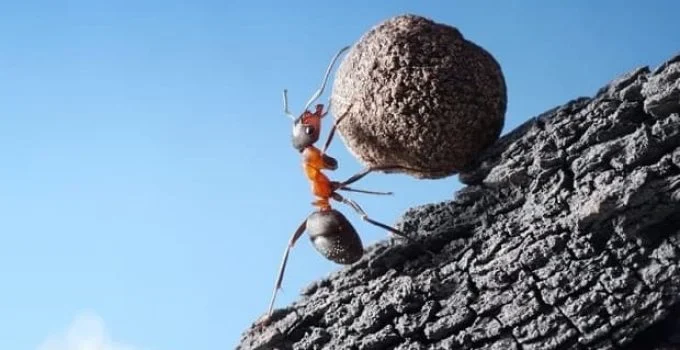Do Ants Have Muscles?
Answer at a Glance: Just like humans, muscles are essential to the survival of the ant. Ants need muscles for movement as well as to assist in the body’s functions. Take a look at the different functions of the ant’s muscles.
Dig Deeper
- The Ant’s Anatomy
- What Is a Muscle?
- The Mandible Muscles
- Ant Muscles Are Important to Digestion
- Ant Muscles Are Important for Locomotion
- Fun Fact
- References
The Ant’s Anatomy

To understand how an ant’s muscles work, you need to understand its anatomy. Like all insects, ants have three body segments–the head, the thorax (mesosoma), and the abdomen (gaster). Depending on the species, the ant’s abdomen is further segmented into sub-sections in the following order in relation to the thorax: the propodeum, metasoma (which in some ant species is also segmented into the node and petiole), and the gaster. [1]
What Is a Muscle?
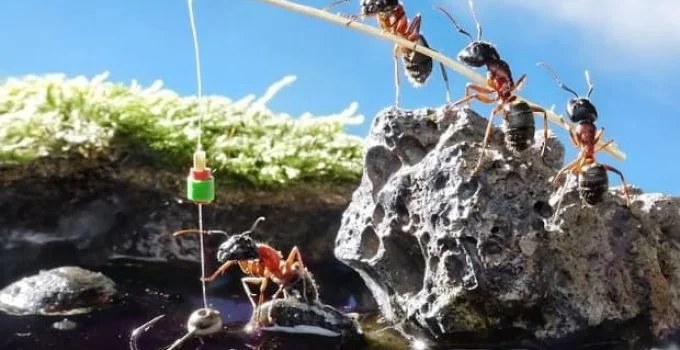
By definition, a muscle is an organ by which contraction produces movement. The muscles of an ant can be divided into two categories: skeletal and visceral. Visceral muscles are associated with the body’s internal organs, such as the heart, gut, and reproductive tract. [2]
Skeletal muscles function to move one part of the skeleton in relation to another. Skeletal muscles can be further subdivided into extrinsic and intrinsic muscle groups. Intrinsic muscles are those that are fully contained within an area, including origination, the innermost portion, and the point of attachment at the end of the muscle. Extrinsic muscles do not originate in the limb where the end of the muscle is attached. [3]
The Mandible Muscles
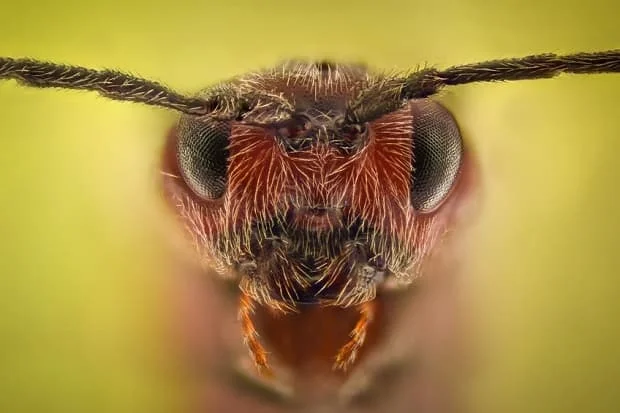
The ant’s mouth is comprised of several parts, including a pair of protruding jaw-like mandibles. The ant depends on its mandibles for various essential tasks in daily life and even survival. The ant uses its strong mandibles to hold and carry things. It uses it to catch prey, drag objects back to the nest, fight, cut, dig, and hunt. The muscles located in the mandible are the driving force behind its movement, especially the closer muscle. (The muscle that clenches down and holds an object) This muscle is so large that it takes up two-thirds of the entire head volume of the worker ant. [4]
Ant Muscles Are Important to Digestion

When thinking of muscles, strength comes to mind, but muscles are used throughout the body for other vital functions, such as digestion. The ant’s digestive system is similar to that of humans in that food enters the system, nutrients are extracted, and waste is excreted. The digestive system needs muscles to help push the food along the tract. Here are a few examples of the muscles necessary for digestion.
Food that enters the mouth is sucked into the pharynx by cibarial muscles. Food then passes into the esophagus through rhythmic muscular contractions of the gut wall called peristalsis. Several sphincter muscles help to push food through the digestive tract and eliminate waste. [5]
Ant Muscles Are Important for Locomotion
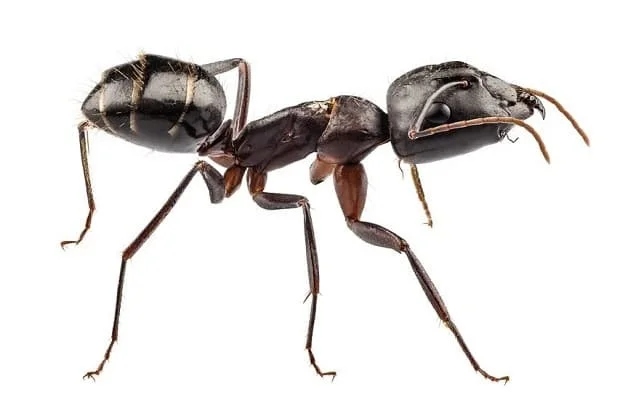
Ant muscles are located in the thorax and function to power the three sets of articulated legs. One hind leg has seven segments alone, including the coxa, trochanter, femur, tibia, tarsus, pre-tarsus, and the tarsal claw. [6]
The muscles in the ant’s legs are both extrinsic and intrinsic. Most of the extrinsic muscles work to move the coxa, which is the leg segment that forms the joint between the leg and the thorax. The intrinsic muscles are paired and work to move the legs in relation to one another. The extrinsic and intrinsic muscles work together to propel the ant forward and support the body weight. [7]
One such ant species really knows how to take advantage of these muscles! The Silver Ant, found in the Sahara desert, travels 108 times its body length in one second, equivalent to 360mph! [8]
Fun Fact
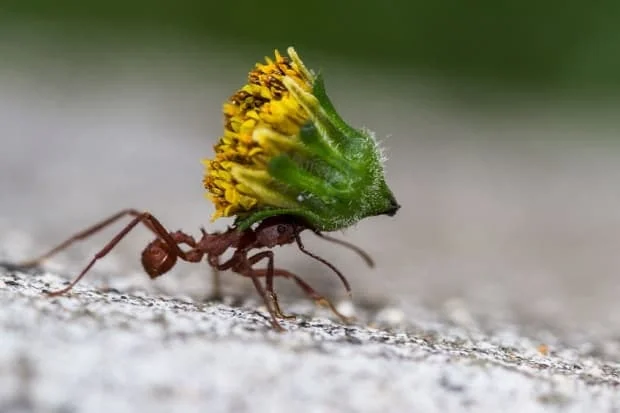
Ants are known to carry objects many times their weight. This super feat of nature is not really related to an ant’s muscular strength but to its body composition. Recently, researchers reported in the Journal of Biomechanics that the neck joint of a common American field ant can withstand pressures up to 5,000 times the ant’s weight. [9]
And if the desired object is too heavy? Not to worry. Ants are one of the few groups in the animal kingdom that will work together to carry a heavy load. [10]
References
- [1] Arizona State University – Ask a Biologist – “Ant Anatomy | ASU – Ask A Biologist.”
- [2] Gillot, Cedric. Entomology. Springer, 2005.
- [3] Focosi, Daniele. “Physiology of Adult Homo Sapiens – Musculoskeletal Apparatus and Movements.“
- [4] Jurgen, P. “OPTIMIZING FORCE AND VELOCITY: MANDIBLE MUSCLE FIBRE ATTACHMENTS IN ANTS.” The Journal of Experimental Biology. 1999. Vol: 202, pp: 797–808
- [5] North Carolina State – Agriculture and Life Sciences – “Digestive and Excretory Systems.”
- [6] North Carolina State University – General Entomology – “Legs – General Entomology.”
- [7] Gillott, Cedric. Entomology. 2nd ed. New York: Plenum Press, 1995. Page: 443. Print.
- [8] Fox News – “World’s Fastest Ant Runs Equivalent of 360 MPH.”
- [9] Entomology Today – “Ants Can Lift Up to Five Times Their Own Bodyweight.”
- [10] PBS – “How Do Ants Synchronize to Carry Really Big Stuff.”
